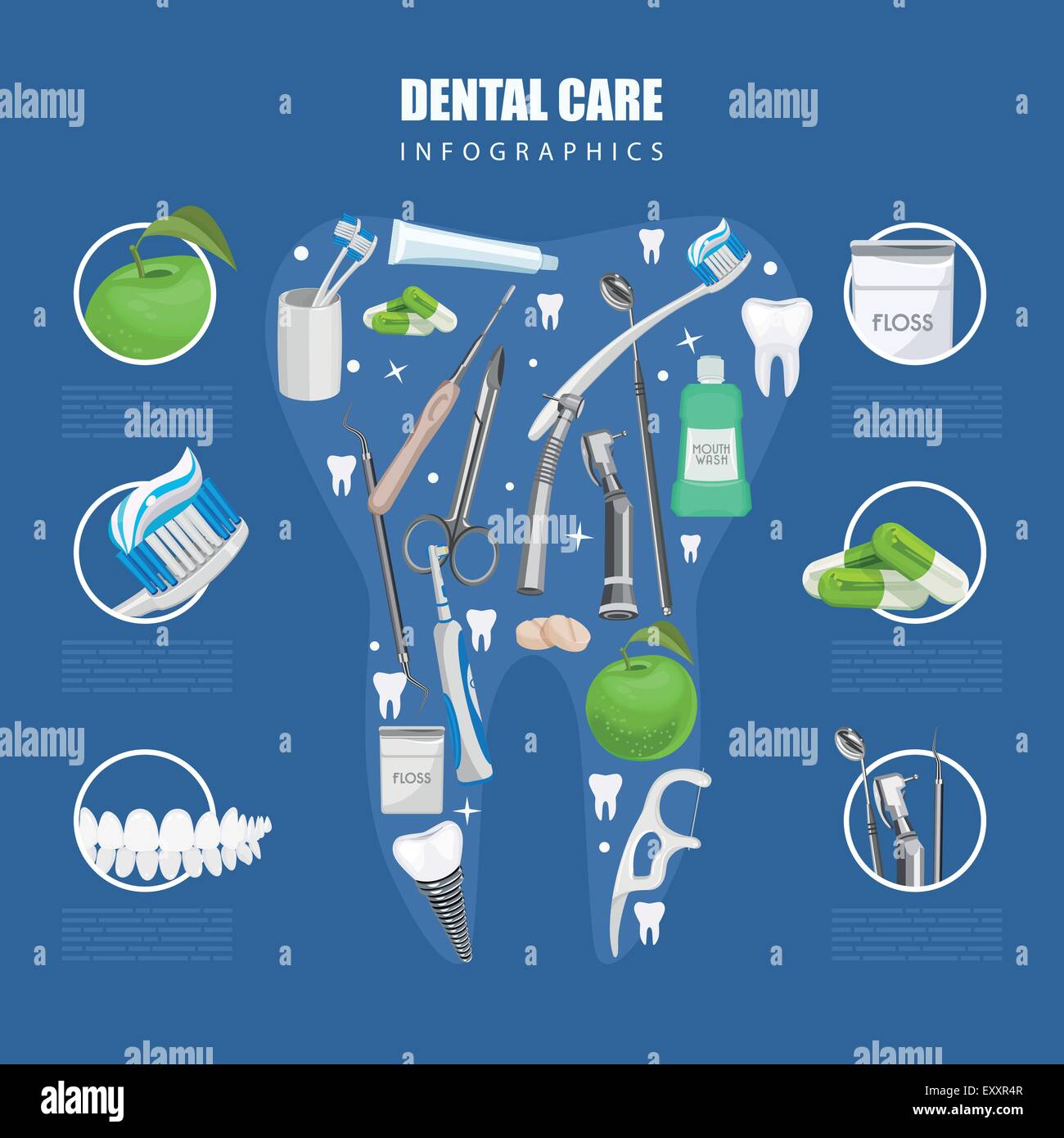If you really feel a sudden shock of discomfort or notice a tooth injury, it can be disturbing. However just how do you establish if it's a dental emergency that calls for immediate attention? Recognizing the crucial indicators and knowing when to seek assistance can make all the distinction in protecting your oral health. Recognizing when to act quickly can mean the distinction between a quick fix and extra comprehensive therapy.
Common Kind Of Dental Trauma
What're the common kinds of dental injury that you should be aware of?
Mishaps can happen, bring about various kinds of dental injuries. One usual sort of oral injury is a cracked tooth. This can happen from attacking down on something tough or experiencing a strike to the face.
just click the following webpage is a damaged tooth, where a part of the tooth can chip off. Additionally, you might experience a knocked-out tooth, which can take place during sports or drops. It's critical to handle the tooth carefully and seek instant oral attention.
Dental injury can additionally involve a tooth that has actually been pushed out of setting or loosened because of an injury. This kind of injury requires prompt therapy to conserve the tooth.
Finally, soft tissue injuries in the mouth, such as cuts, can also happen from accidents. Knowing about these typical sorts of dental injury can help you act swiftly and appropriately in case of an emergency.
Signs of Dental Emergency Situations
Acknowledging the indications of oral emergency situations is essential for prompt activity and correct therapy. If you experience severe tooth pain that's constant and throbbing, it can show an underlying concern that requires immediate focus.
Swelling in the gum tissues, face, or jaw can additionally suggest a dental emergency situation, particularly if it's accompanied by pain or fever. Any type of trauma to the mouth causing a fractured, broken, or knocked-out tooth ought to be dealt with as an emergency situation to avoid more damage and possible infection.
Hemorrhaging from the mouth that does not stop after using pressure for a few mins is an additional red flag that you need to look for emergency situation oral care. Furthermore, if you observe any indications of infection such as pus, a foul taste in your mouth, or a high temperature, it's vital to see a dental practitioner asap.
Disregarding these indications could lead to much more severe issues, so it's essential to act swiftly when faced with a prospective oral emergency situation.
Value of Immediate Therapy
Motivate action and immediate therapy are critical in attending to dental emergency situations to avoid further issues and guarantee ideal outcomes for your oral wellness.
When confronted with an oral emergency, such as a knocked-out tooth or serious tooth pain, looking for prompt treatment can make a substantial distinction in saving your tooth and reducing discomfort. Postponing therapy can lead to infection, boosted pain, and also long-term damage to your teeth and gums.
By seeking emergency situation oral care without delay, you increase the chances of successful treatment and restoration. Dental practitioners have the required abilities and tools to deal with emergency situations properly, reducing the threat of long-term consequences.
Additionally, prompt treatment can assist manage discomfort and pain, permitting you to resume your daily tasks without interruption.
Final thought
In conclusion, understanding oral injury and recognizing when to look for emergency treatment is crucial for maintaining dental wellness.
By identifying getting wisdom teeth out of dental injuries and the indications of oral emergency situations, you can guarantee prompt like protect against additional damage and problems.
Keep in mind, looking for prompt treatment can save teeth, lower discomfort, and increase the possibilities of successful healing.
Don't be reluctant to look for help from a dental expert if you experience any kind of indicators of dental trauma.
